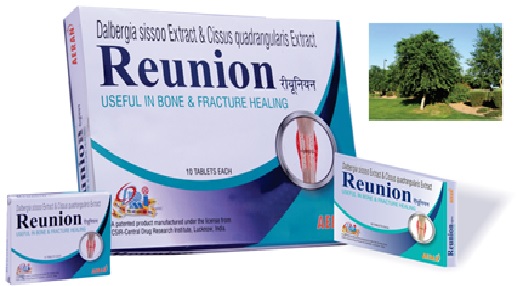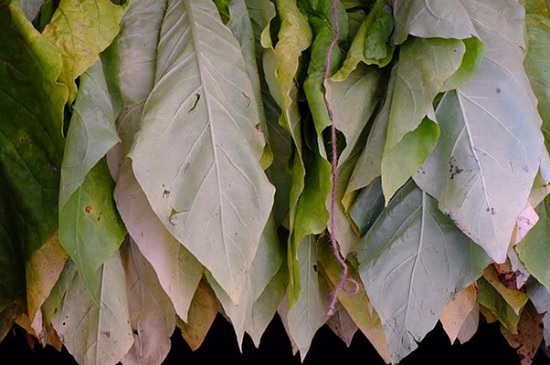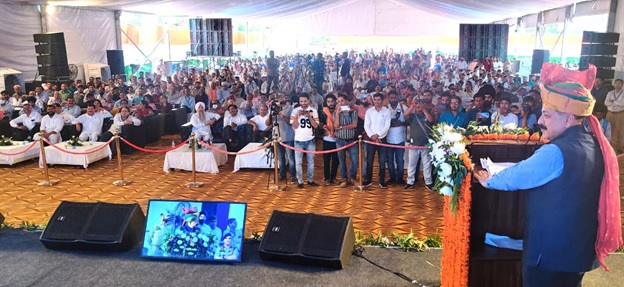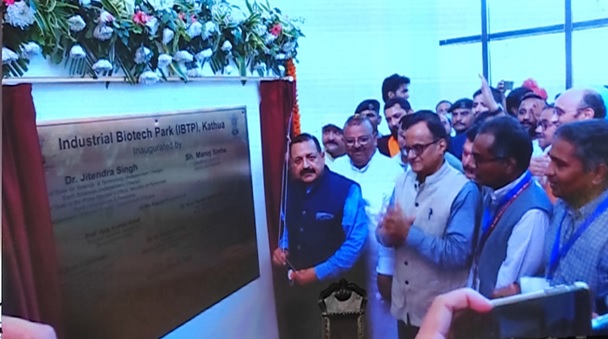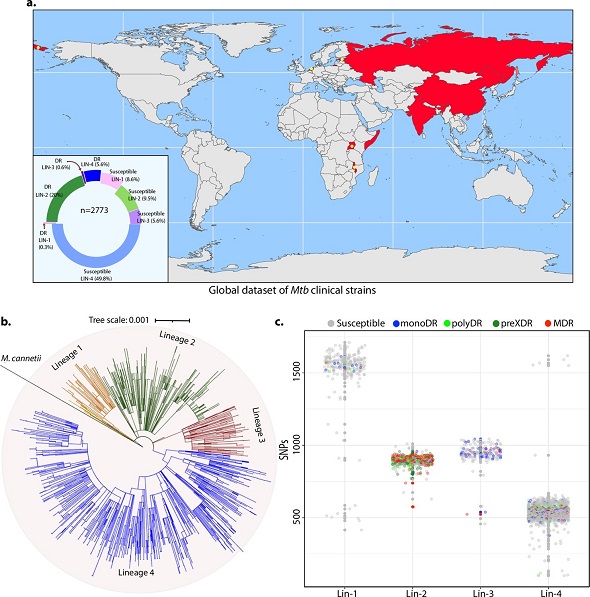
Even though Tuberculosis (TB) caused by Mycobacterium tuberculosis (Mtb) is a treatable disease, drug resistance in Mtb is now a significant public health concern. A team of researchers from the National Institute of Immunology; CSIR-Centre for Cellular and Molecular Biology; Department of Zoology, University of Delhi; Centre for Genetic Manipulation of Crop Plants, the University of Delhi South Campus; and Department of Microbiology and Cell Biology, Indian Institute of Science Bangalore, has identified compromised DNA repair as important for the emergence of drug resistance in Mtb.
The rod-shaped Mycobacterium tuberculosis (Mtb) enters the lungs through the respiratory route. In most cases, a healthy human body can combat the bacteria. However, in an immune-compromised state, the body succumbs to bacterial infection. The bacteria keep replicating inside the lungs and eventually cause several lesions, known as granulomas, a hallmark of TB. After a period, the granuloma bursts open, and bacteria enter the sputum, causing active disease.
“When the bacteria are resistant to two first-line TB drugs (isoniazid and rifampicin), it is referred to as Multi Drug-resistant (MDR). In the case of extensively drug-resistant-TB (XDR-TB), in addition to first-line drugs, the bacteria also become resistant to second-line drugs. The success rate for the treatment of MDR-TB is only 54%, which declines to 30% if patients are infected with the XDR-TB,” researchers inform while speaking to India Science Wire.
India has the highest burden of MDR-TB. Therefore, it is crucial to diagnose it to stop its progression and spread. Bacteria employ different mechanisms to counter the drug's killing effects. Drug resistance mechanisms are not known in 10-40% cases. In 2018, an outbreak of MDR-TB was reported in Eswatini, South Africa. Its misdiagnosis caused a silent spread and outbreak. This indicates that the bacteria harbour unknown mechanisms that need further investigation.
India has the highest burden of MDR-TB. Therefore, it is crucial to diagnose it to stop its progression and spread. Bacteria employ different mechanisms to counter the drug's killing effects. Most drug resistance mechanisms are well known but only in 10-40% of clinical cases. In 2018, an outbreak of MDR-TB was reported in Eswatini, South Africa. Its misdiagnosis caused a silent spread and outbreak. This indicates that the bacteria harbour unknown mechanisms that need further investigation.
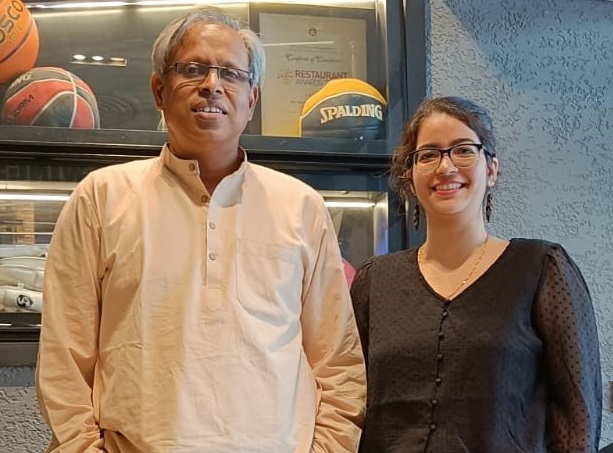
Saba Naz and Vinay Kumar Nandicoori
“To determine yet unknown mechanisms and bridge the gap between early diagnosis and treatment of MDR-TB, we analyzed the available genome sequence of bacteria isolated from TB patients. For the first time, our study identified compromised DNA repair as important for the emergence of drug resistance in Mtb. The study established that mutations in DNA repair genes are associated with drug resistance,” researchers explain.
Using a bioinformatic genome analysis approach and experimental work, they identified that DNA repair, a process that guards the bacteria genome, is perturbed in drug-resistant TB. Based on it, they have proposed that perturbation in the DNA repair pathways can be one of the mechanisms of drug resistance in Mtb. The study has established that mutations in DNA repair genes are associated with drug resistance.
“The bacteria have mechanisms that would help them survive in the presence of the drugs. We collected the genome sequence data of the TB strains from infected patients in India, Malawi, Russia, China, Estonia, the United Kingdom, Uganda, and the Netherlands. We analysed the genomic DNA of approximately 2,800 clinical drug-susceptible and resistant bacteria strains and identified mutations associated with drug resistance. We determined that deletion or functional perturbation of the DNA repair mechanism contributes to drug resistance,” researchers elucidate.
To confirm their analysis, they performed laboratory experiments in cell lines and animal infection models. It was observed that continued exposure to the drugs and the host environment results in better survival of bacteria possessing perturbed DNA repair. Whole genome sequencing of the bacteria isolated after evolution showed that the perturbation in the DNA repair pathway results in drug resistance in Mtb.
According to the World Health Organization, India contributes to 0.39 million cases worldwide. The evolution of drug resistance in the Indian population has not been studied in depth. The team recommends a more holistic approach to understand the potential causes of drug resistance better. This would require genome sequencing of drug-sensitive and resistant TB strains isolated from various parts of India. Analysis of the clinical strains from different geographical areas of the country will provide insights specific to the Indian population (if any).
The study team comprised Saba Naz, Kumar Paritosh, Priyadarshini Sanyal, Sidra Khan, Yogendra Singh, Umesh Varshney, and Vinay Kumar Nandicoori. The work was funded by the Department of Biotechnology (DBT) and the J.C Bose fellowship, Department of Science and Technology (DST), Govt. of India. The study has been published in eLife, a biomedical and life sciences journal.
India Science Wire
ISW/SM/NII/Mtb/Eng/21/03/2023
